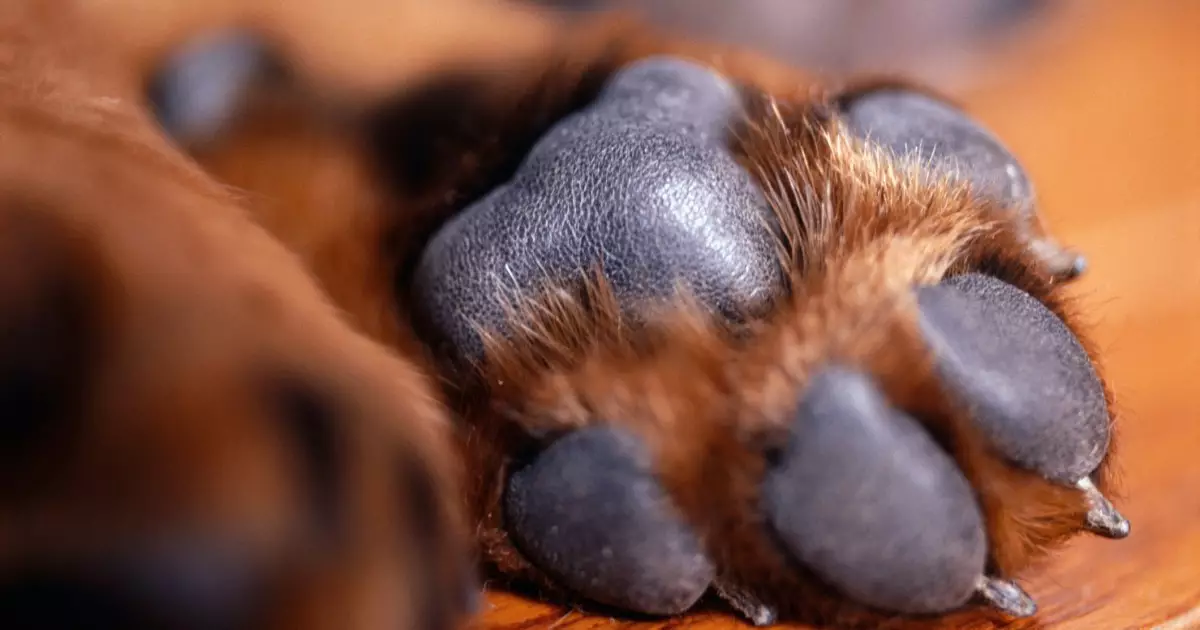The footprints of our furry companions are not just mere impressions in the sand; they are treasured memories etched in time. Creating a keepsake of your dog’s paw prints can serve as a beautiful reminder of the bond you share. Whether you aim to create a heartfelt piece of art, a unique holiday card, or a lasting tribute, there’s immense value in preserving these imprints. However, the process of obtaining your dog’s paw prints successfully requires patience and understanding. This article outlines essential tips and creative methods to make the paw-printing experience enjoyable for both you and your pet.
Before diving into the paw-printing process, it’s crucial to gauge your dog’s comfort level. Pets, like humans, have their personalities and boundaries. Some may be curious and excited, while others might feel anxious or reluctant. It’s vital not to force the process, as this could lead to stress for both you and your dog, ultimately resulting in subpar imprints and a negative experience.
Start by creating a calming environment. Use treats to reward your dog for their cooperation, and take the time to gently massage or handle their paws to make them more comfortable. If your dog is a high-energy breed or tends to be skittish, you might want to try some light exercise beforehand. This could help in alleviating any excess energy, making them more agreeable to having their paws handled.
Once your dog is relaxed, it’s time to gather the necessary supplies for paw printing. If you are inclined towards a DIY approach, you’ll need non-toxic paints or ink, sturdy paper, and possibly some wipes for cleanup. When selecting paints or inks, prioritize products made specifically for pets, as they are guaranteed to be safe, easy to clean, and non-toxic. If you would prefer a more artistic endeavor, consider using archival ink that won’t fade over time.
Additionally, if you’re interested in creating a 3D impression of your dog’s paws, you can use a mixture of flour and salt combined with water to form a dough. This method requires some baking and can lead to a different texture and aesthetic compared to the ink or paint methods.
When you’re prepared, start by cleaning your dog’s paws with a moist towel to remove any dirt or debris. It’s crucial to check for any cuts or injuries. If any issues are present, refrain from the paw printing activity to avoid further injury.
To create a paw print, dip your dog’s clean paw into the paint or ink, ensuring it’s adequately coated but not overly saturated. Gently press their paw onto your chosen paper, holding it down for a second or two to ensure maximum transfer. When lifting the paw, do so straight up to avoid smudging. If the first print doesn’t come out perfectly, don’t be discouraged; try again until you achieve a satisfactory result.
For a 3D imprint, roll out the dough to a thickness that will capture the details of their paw. Use wax paper to cover the dough and press your dog’s paw gently but firmly into the mixture. After removing the paw, you can bake the imprint at a low temperature, ensuring to keep an eye on it to prevent cracking.
Once you’ve successfully captured your dog’s paw prints, the possibilities for their use are limitless. Create unique holiday cards, decorative wall art, or even personalized gift tags. For those looking for a more permanent tribute, consider turning your prints into a tattoo or using them to design a memorial stone for your garden.
If you’re feeling adventurous, you could even make a scrapbook page dedicated to your dog with their paw prints accompanied by photographs and fun anecdotes.
Preserving your dog’s paw prints is more than just a fun craft; it is an opportunity to cherish the loving bond you share. By prioritizing your pet’s comfort and using safe materials, you can create memorable keepsakes that capture their unique essence for years to come. Whether it’s a fleeting moment captured on paper or a lasting imprint in clay, these paw prints become symbols of love and companionship that enrich our lives long after they’ve left their mark.


Leave a Reply